Recipe: Sakura Basque Cheesecake
A Cherry Blossom Dessert for Your Next Hanami
The Basque burnt cheesecake from Spain gets a spring-themed makeover.
This sakura cheesecake recipe has all the hallmarks of a burnt Basque cheesecake: deeply burnished surface, rustic crinkled edges and a no-crust, no-fuss attitude. With the addition of freeze-dried sakura, this classic dessert becomes fit for your next hanami (flower-viewing) picnic.
A dollop of sakura-scented whipped cream brings the fragrant, frothy fun of springtime to an otherwise dense dessert. Meanwhile, the cherry (blossom) on top is salt-pickled sakura, which offers a palate-cleansing burst of salty-sour flavor in between decadent, creamy bites.
Sakura Basque Cheesecake Recipe
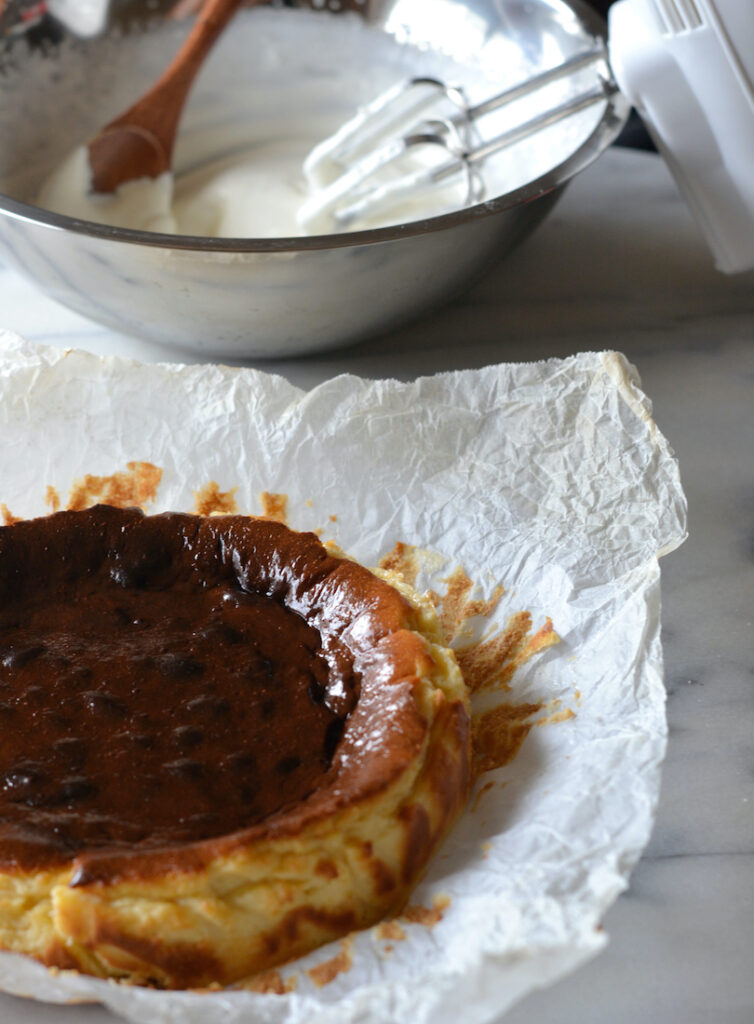 © Photo by Rika Hoffman
© Photo by Rika HoffmanWhile developing this sakura cheesecake recipe, I baked four different versions until achieving my preferred taste. Like other floral flavors, sakura can be challenging to successfully incorporate into baked goods. After a bit of “research” (i.e. snacking), I’ve found that the types of sakura sweets I prefer are often quite understated, with a subtle floral aroma and a hint of brininess that recalls the flavor of the pickled sakura leaves in which sakura mochi is typically wrapped.
To achieve this taste, the recipe below uses three different sakura ingredients.
- Salted cherry blossoms: While this ingredient is an essential garnish to give this cheesecake “the look” of a sakura dessert, its use is not solely an aesthetic choice. Salted cherry blossoms are commonly used in a variety of sweet and savory Japanese food and beverages, from seasonal onigiri to the traditional sakura tea served at weddings in Japan. Also known as “salt-pickled cherry blossoms,” they are made by preserving freshly-harvested cherry blossoms in salt and ume (Japanese plum) vinegar, which contributes to its tart flavor and enhances the pink hue of the flower buds.
- Freeze-dried sakura powder: This sakura powder is mixed into the cheesecake batter and can optionally be used as a garnish in lieu of salted cherry blossoms, as it contains the same exact components: cherry blossoms, salt and ume vinegar. Its inclusion in this recipe negates the need for additional salt.
- Sakura flavor: Used sparingly, this food-grade sakura flavoring is used in the cheesecake batter to enhance the aroma of sakura, and also gives a sweet, floral quality to the whipped cream. A light hand is essential, as it can quickly become cloying.
Where to find sakura ingredients and flavorings
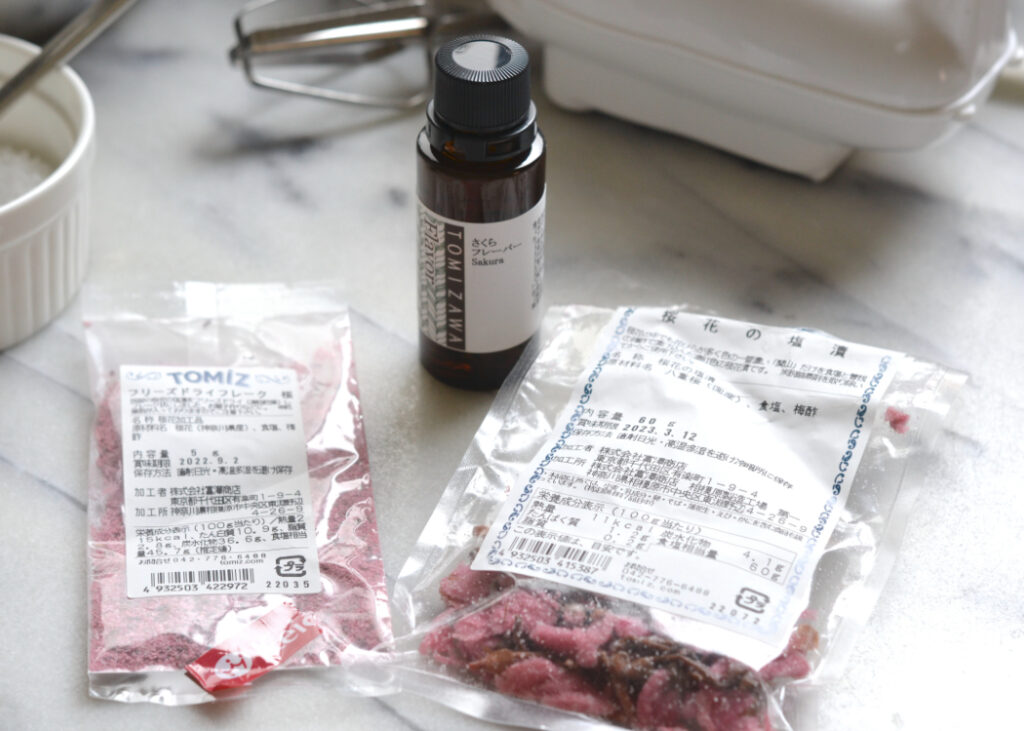 © Photo by Rika Hoffman
© Photo by Rika HoffmanThis sakura cheesecake recipe uses a few specialized ingredients that may be hard to come by overseas. In Japan, you can find them all at Tomiz (Tomizawa Shoten), a store that specializes in confectionery and baking supplies, with locations across the country.
For this recipe, I used Tomizawa’s “sakura flavor” (桜フレバー), salted cherry blossoms (桜花の塩漬), and freeze-dried sakura flakes (フリーズドライフレーク 桜) which I ground into a powder, though they also sell it in powder form. If the Tomiz store in your area doesn’t have these products in stock, check out their online shop or Rakuten and Amazon, which also carry Tomiz products.
Ingredients
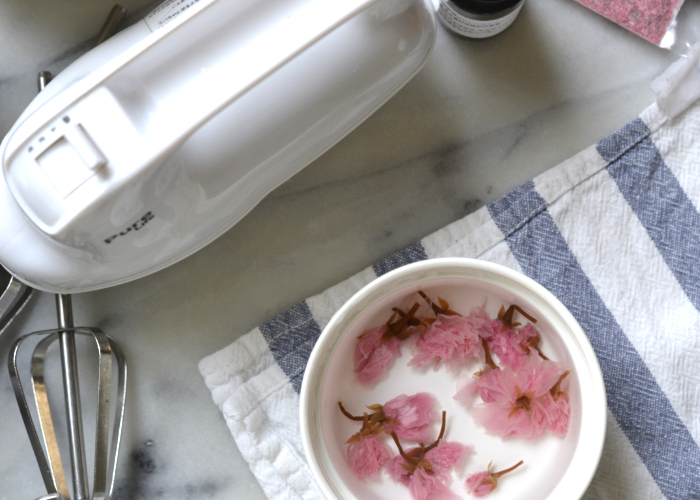 © Photo by Rika Hoffman
© Photo by Rika HoffmanMakes one 20-centimeter (8-inch) cake.
Sakura cheesecake batter:
- 450 grams (2 cups) cream cheese, room temperature
- 150 grams (¾ cup) sugar
- 3 large eggs
- 240 grams (1 cup) heavy cream
- 15 grams (⅛ cup) all-purpose flour
- 1 tablespoon freeze-dried sakura powder
- ½ teaspoon sakura flavor
Topping:
- 150 grams (⅔ cup) cold heavy cream
- 2 tablespoons powdered sugar
- ¼ teaspoon sakura flavor
- Garnish: salted cherry blossoms or sakura powder
Instructions
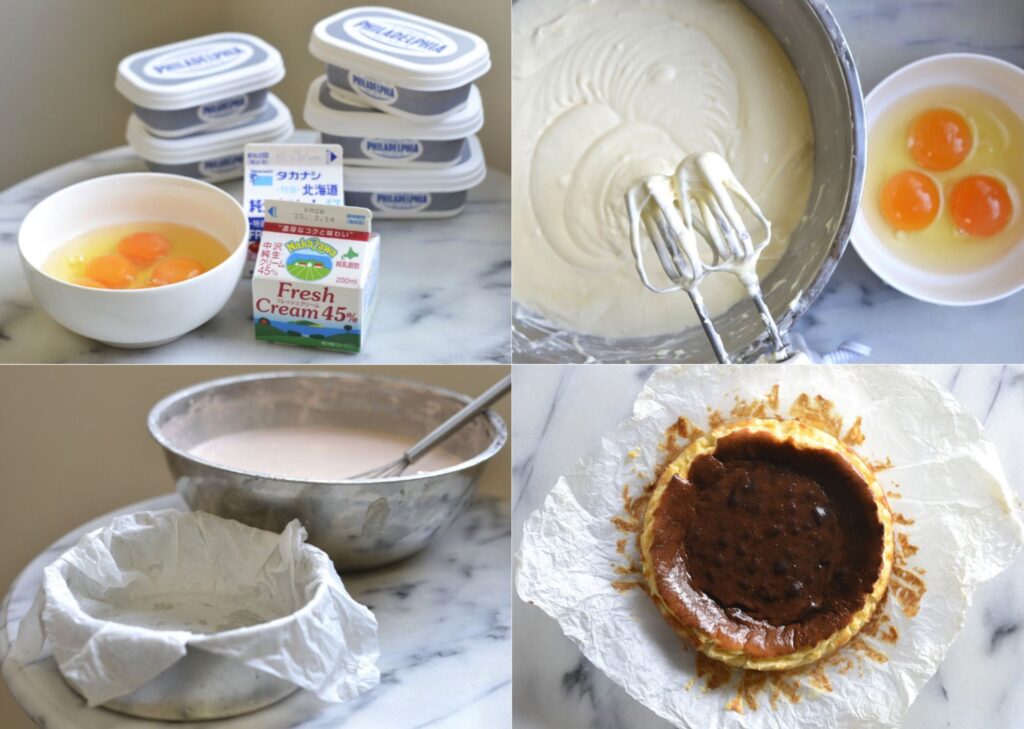 © Photo by Rika Hoffman
© Photo by Rika Hoffman- Allow cream cheese and heavy cream to come to room temperature.
- Line your cake tin. It’s easier to maneuver the parchment paper into the crevices of the cake tin if you first crumple it up and dampen it with water. Squeeze out the excess moisture before using the parchment paper to line the cake mold.
- Preheat the oven to 205 degrees Celsius (400 degrees Fahrenheit).
- Beat sugar and cream cheese together in a bowl until smooth.
- Mix eggs into the batter one by one.
- Whisk in room-temperature heavy cream.
- Add the sakura extract.
- To prevent clumps, sift the freeze-dried sakura powder and all-purpose flour through a sieve and stir until the batter is well combined.
- Pour the sakura cheesecake batter into the prepared cake tin.
- Bake the cheesecake for 25-35 minutes, depending on your desired consistency (for an oozier center, bake for less time; for a firmer texture, cook longer). The surface should be deeply browned while the center is still very jiggly (the cake will set as it cools).
- Allow the sakura cheesecake to cool completely before transferring it to the fridge to chill for at least four hours and up to overnight.
- Unmold the cake, peel the parchment paper from its circumference and slice it into wedges.
- Before serving, soak salt-pickled sakura blossoms in a bowl of water to remove the excess salt. Gently pat each individual blossom dry, using a towel.
- Make the whipped topping by mixing very cold heavy cream with a hand mixer or whisk. Add powdered sugar and sakura extract. Whisk until soft peaks form, or to your desired consistency.
- Garnish each slice of sakura Basque cheesecake with a dollop of sakura-scented whipped cream and a salt-pickled cherry blossom.
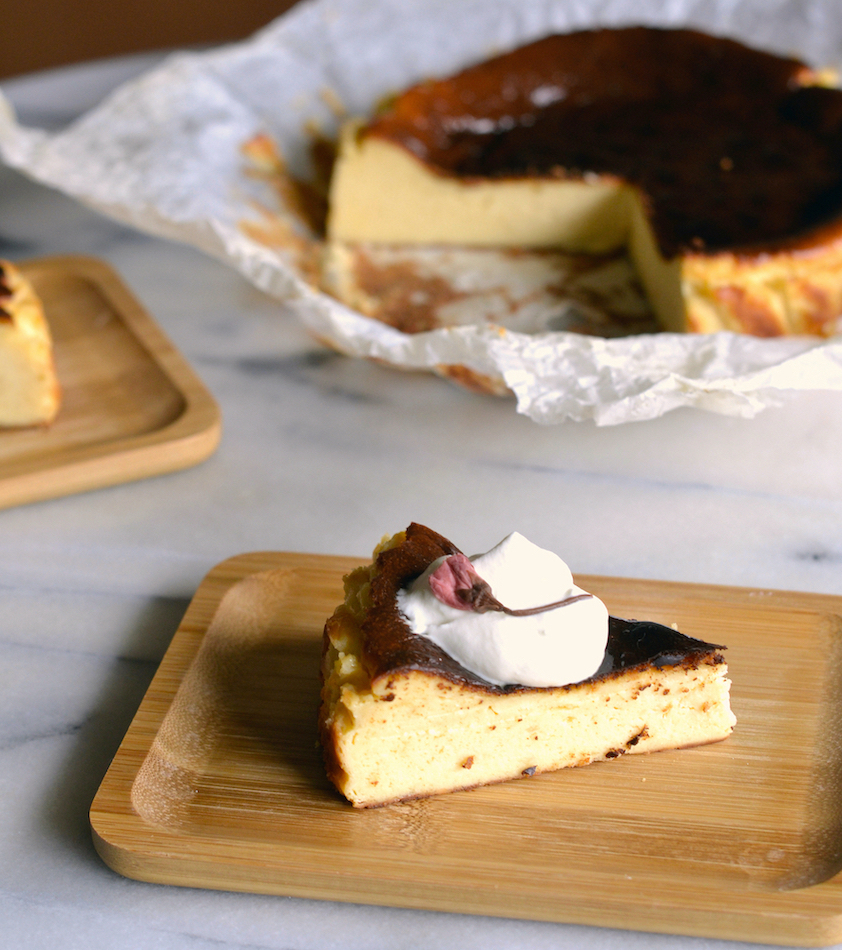 © Photo by Rika Hoffman
© Photo by Rika HoffmanHope this sakura recipe brings some extra festivity to your next hanami. Happy sakura season!
Using this recipe? Share your photos with us via Facebook or #savvytokyo on Instagram. And #savvysakura2023 to enter our Savvy Sakura Photo Contest for your chance to win a sakura prize!













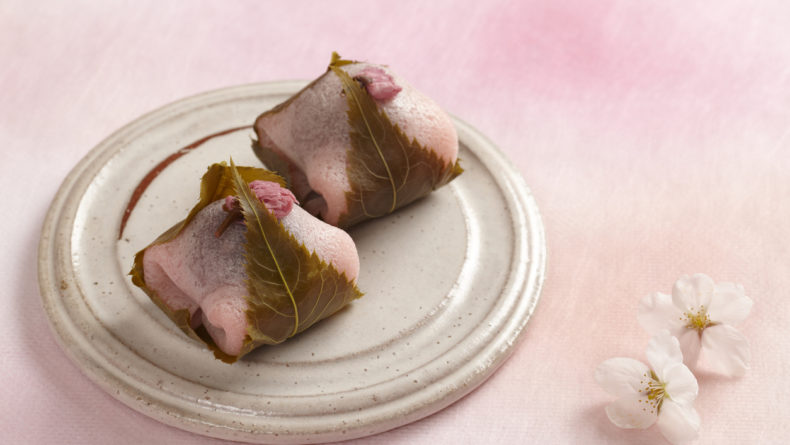
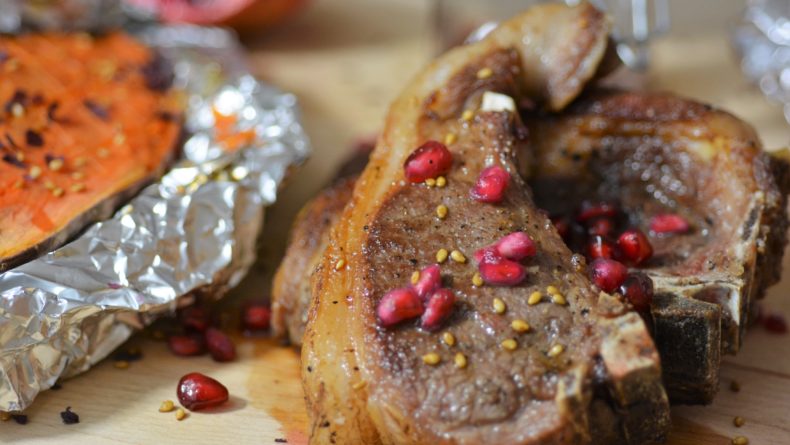
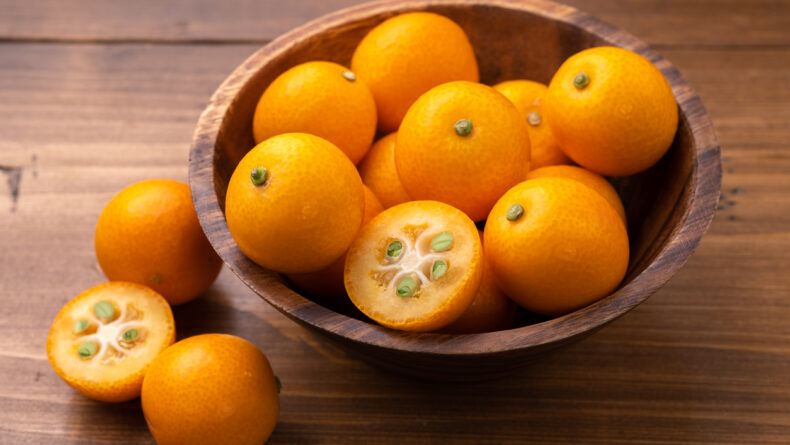
Leave a Reply